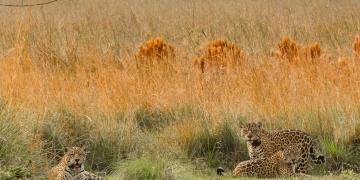Multi-stakeholder alliance
Community co-design and engagement
Camera traps and eco-acoustic monitoring devices deployment
Image recognition algorithms for jaguar detection and identification
Acoustic monitoring and analyses
Generation of inputs for the strengthening of AI tools and resources for biodiversity protection
